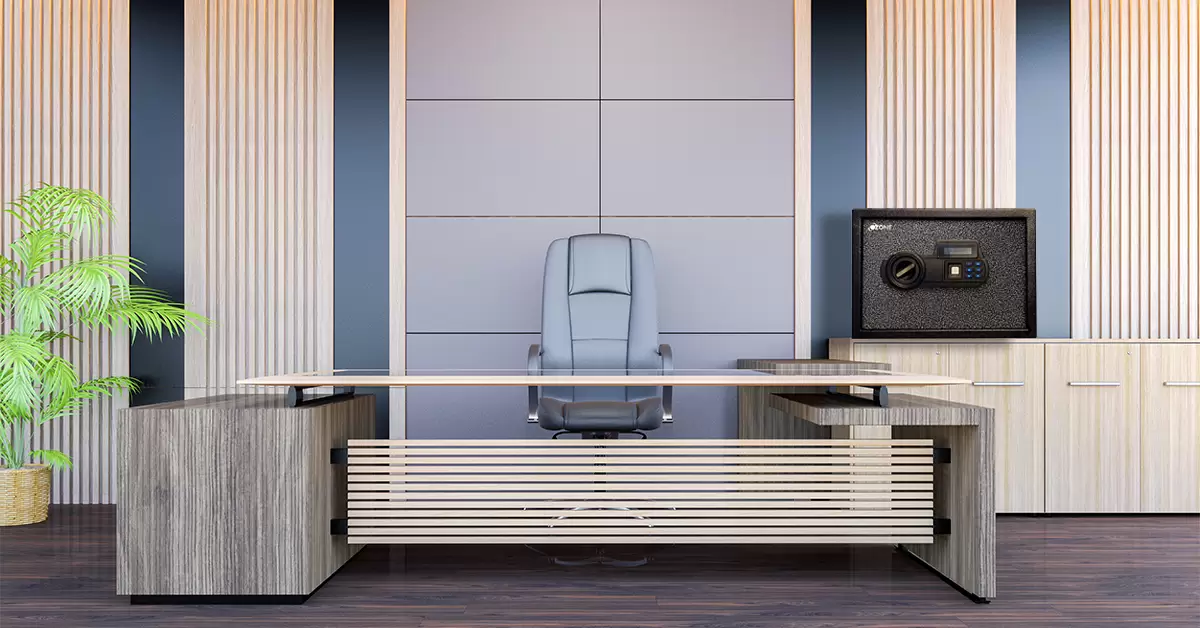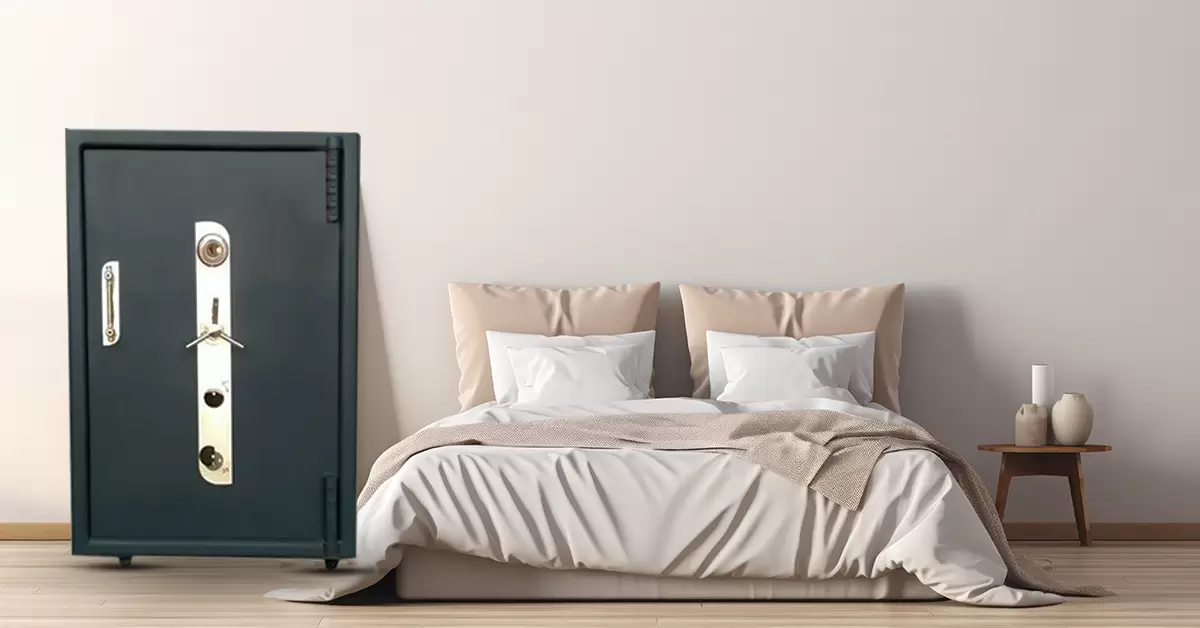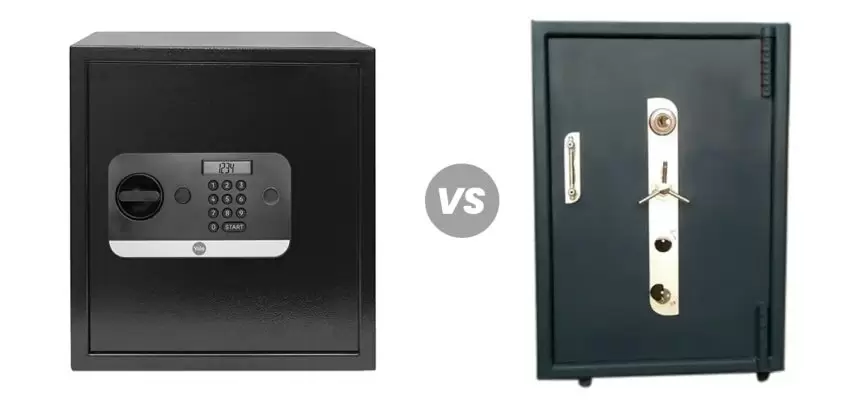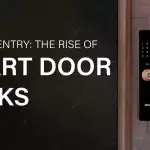Are you looking to improve the security of your living or commercial space? Or still, using the manual keys? Your firm, clients, and employees all be at risk, and you might be losing millions of dollars annually if you continue to use the traditional smart locker solutions. To better grasp the importance of this transformation for your bottom line, and understand the difference between traditional locker and Biometric locker, what are you yet waiting for? Let’s discover.
Post your Requirement
What Are Biometric Lockers?

Biometric lockers are preeminent for the fully personalized safety and security of your space. Whether it be a living space or any commercial space, biometric lockers, with the most complex key design and fingerprint, offer quality-made locking system that offers safety through the latest technological advancements.
By utilizing the most sophisticated key design of a biometric locker, and its locking mechanism, you can seamlessly protect your belongings with modern technology. Unique behaviors are used by biometric locks, a modern and cutting-edge form of security, to provide access to designated spaces. Biometric door locks use fingerprint, iris, or voice patterns to unlock the locks, as opposed to traditional locks that rely on codes, or keys.
Top Benefits Of Biometric Lockers:
- Safety: Since only authorized personnel can access the stored items, biometric lockers assure unmatched and unparalleled safety using sophisticated fingerprint recognition and distinction technology, offering peace of mind in an assortment of circumstances.
- Customized Security Solutions: Businesses and organizations can fully customize biometric lockers to meet their diverse safety needs. They can set up individualized access controls and management and thorough audit trails for optimal safety and accountability.
- Convenience And Comfort: Biometric lockers provide easy access without the need to carry keys or remember combinations, which improves user convenience, comfort, and experience compared to other traditional lock-and-key systems.
- Economical: Biometric lockers, despite their state-of-the-art and contemporary technology, can undoubtedly save money over time by eliminating the requirement for new keys or codes. Consequently, lowering the chances of unwanted entry, and making the administrative work seamless involved in controlling locker access.
- Versatility: Biometric locker offers safe storage solutions for a comprehensive range of applications. They adapt to varied locations, from corporate offices to commercial spaces to fitness facilities and educational institutions, consequently increasing organizational efficiency and usefulness.
- Aesthetically Designed: Biometric lockers are aesthetically pleasing and useful at the same time. Their sleek, modern, and contemporary designs go well with any interior decor, consequently offering a sophisticated and elegant touch and top-notch safety.
Traditional Lockers And Its Benefits

Commonly used in commercial, residential, and educational spaces such as schools, gyms, offices, and other public areas, traditional lockers are safe and secure storage spaces. They are usually fastened with a mechanical and automatic lock, such as a key, combination, or padlock, and constructed of metal or wood. Traditional lockers are designed in a comprehensive range of that are intended to meet diverse requirements. In a nutshell, these lockers are preeminent for their safety, security, and convenience, especially in environments requiring strict access control, while meeting the needs and offering a dependable and economical solution for fundamental storage needs.
Top Benefits Of Traditional Locker:
- Traditional lockers are made from quality-made, sturdy, and robust materials assuring their durability.
- These lockers are considered less expensive, unlike modern-day lockers.
- They are user-friendly and easy to use, making them accessible to everyone without requiring technical knowledge or skills.
- Traditional lockers come in a wide range of sizes, styles, and color designs, to meet diverse aesthetic appearances and requirements.
- Traditional lockers are preeminent for their low-cost maintenance or less frequent maintenance needs owing to their durability.
- Traditional lockers are often very easy and simple.
Difference Between The Traditional Locker And Biometric Locker And Why Does It Matter?
Understand The Difference Traditional vs. biometric Lockers:
Traditional lockers need electronic codes, combinations, or keys to open, these stored items can be misplaced, stolen, or copied, risking safety. Whereas, biometric lockers can provide an increased level of safety and convenience by limiting access to only qualified individuals through the use of sophisticated fingerprint technology. Biometric lock solutions, as compared to conventional lockers, offer seamless access control, easy user management, and real-time monitoring, consequently making them perfect for diverse spaces where safety is the first and foremost priority.
The Ease of Making Changes:
In traditional lockers, making changes to the access codes or keys can be time-consuming and clumsy, often requiring manual lock replacements or reprogramming. Conversely, biometric lockers are popular for the convenience of instantaneous changes to access permissions. Administrators can seamlessly add or remove users from the system, update access rights, and track usage in real time. This easy process enhances safety and efficiency, making biometric lockers one of the top choices for environments where regular access changes are vital.
Better Record Keeping:
When using conventional lockers, it can be complex to monitor access records, keep a watch on locker usage, or identify safety breaches because these lockers often lack sufficient record-keeping devices. Whereas, administrators can maintain detailed records and logs of the locker’s activity thanks to the biometric lockers’ robust and durable audit trail features. This gives vital importance to who used these smart lockers, when, and for how long, which is efficient for safety monitoring and accountability.
Cost-effectiveness:
While traditional lockers might have a lower upfront cost, they can incur additional expenses over time owing to the requirements for key replacements, lock repairs, and safety breaches. Whereas, biometric lockers can offer long-term cost-effectiveness through lower maintenance needs and enhanced safety measures. Despite potentially higher initial investment, the capability of biometric locking systems to prevent any unknown access and minimize safety risks. Consequently, it can result in significant savings over the lifetime of the lockers, making them a more cost-effective option in the long term.
Maintenance Cost:
Conventional lockers typically need to have regular upkeep or maintenance done to fix issues such as broken locks, lost keys, or physical damage. Whereas biometric lockers have fewer moving parts that can break or damage, they often require low-cost maintenance. Biometric locking systems, with their sophisticated and modern fingerprint recognition technology, are more dependable, durable, and long-lasting, meaning they need no frequent maintenance and have longer operational lifetimes. Not just that, biometric lockers are a more cost-effective and efficient choice that requires little maintenance or upkeep.
Conclusion
To wrap up, there are a lot of differences in terms of safety, convenience, cost-effectiveness, and maintenance between biometric lockers and regular lockers. Conventional lockers are easier to use, seamless, and less expensive initially, but they sometimes lack the sophisticated safety measures and extensive record-keeping capabilities of biometric systems. Whereas, biometric lockers are popular for enhanced safety via fingerprint recognition technology, more prominent access management, and thorough audit trails. Not just that, biometric lockers have low-cost maintenance needs and long-term cost savings, which makes them a more practical, efficient, and economical choice for any space. It is mainly in the space where convenience, cost-effectiveness safety are critical factors. Consequently, the difference between biometric and conventional lockers comes down to the diverse needs and interests of the users as well as the space in which they will be used.























Post A Comment